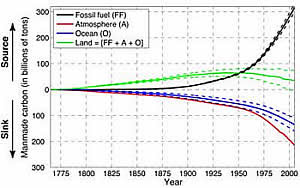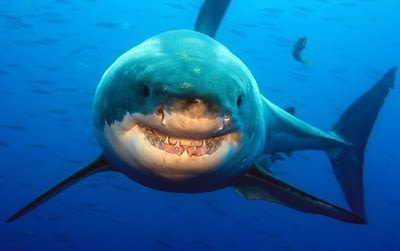 A species of skate could become the first marine fish driven to extinction by commercial fishing, say scientists.
A species of skate could become the first marine fish driven to extinction by commercial fishing, say scientists.A study reveals that an error in the classification of the species has meant researchers have failed to see just how close to the brink it is.
The French team reports its findings in the journal Aquatic Conservation.
Marine biologist Nicholas Dulvy from Simon Fraser University in Canada says the skate is now "the most precarious marine species on Earth".
The team's genetic studies have revealed that what is referred to as the common skate is actually two clearly distinct species - the flapper skate (Dipturus intermedia) and the blue skate (Dipturus flossada).
The fish were originally categorised separately, but an influential study in 1926 recognised only one valid species - Dipturus batis. This classification has been unchallenged since.
The 80-year error has ensured that fisheries have not been catching what they thought, explained Dr Dulvy, who is also co-chair of the International Union for the Conservation of Nature's (IUCN's) shark specialist group.
The result has been that catches of the smaller, more resilient blue skate has entirely masked the decline of the flapper skate.
Disappearing fast
The research team, led by Samuel Iglesias from the Marine Biology Station in Concarneau on the west coast of France, paints a very bleak picture for the future of the flapper skate.
Dr Iglesias and his team spent over a year working with French fisheries and taking DNA samples from the skate that was caught.
His findings finally revealed that the larger D. intermedia species was indeed in serious decline.
Dr Iglesias said: "The threat of extinction for European Dipturus together with mislabelling in fishery statistics highlight the need for a huge reassessment of population for the different Dipturus species in European waters.
"Without revision and recognition of its distinct status the world's largest skate, D. intermedia, could soon be rendered extinct."
Dr Dulvy added: "As far as we can tell, [humans have] not yet driven anything fully to extinction by over-fishing."
He and many other marine scientists are now very concerned that this skate species will be the first.
By Victoria Gill
Science reporter, BBC News
Source: http://news.bbc.co.uk/2/hi/science/nature/8367045.stm























